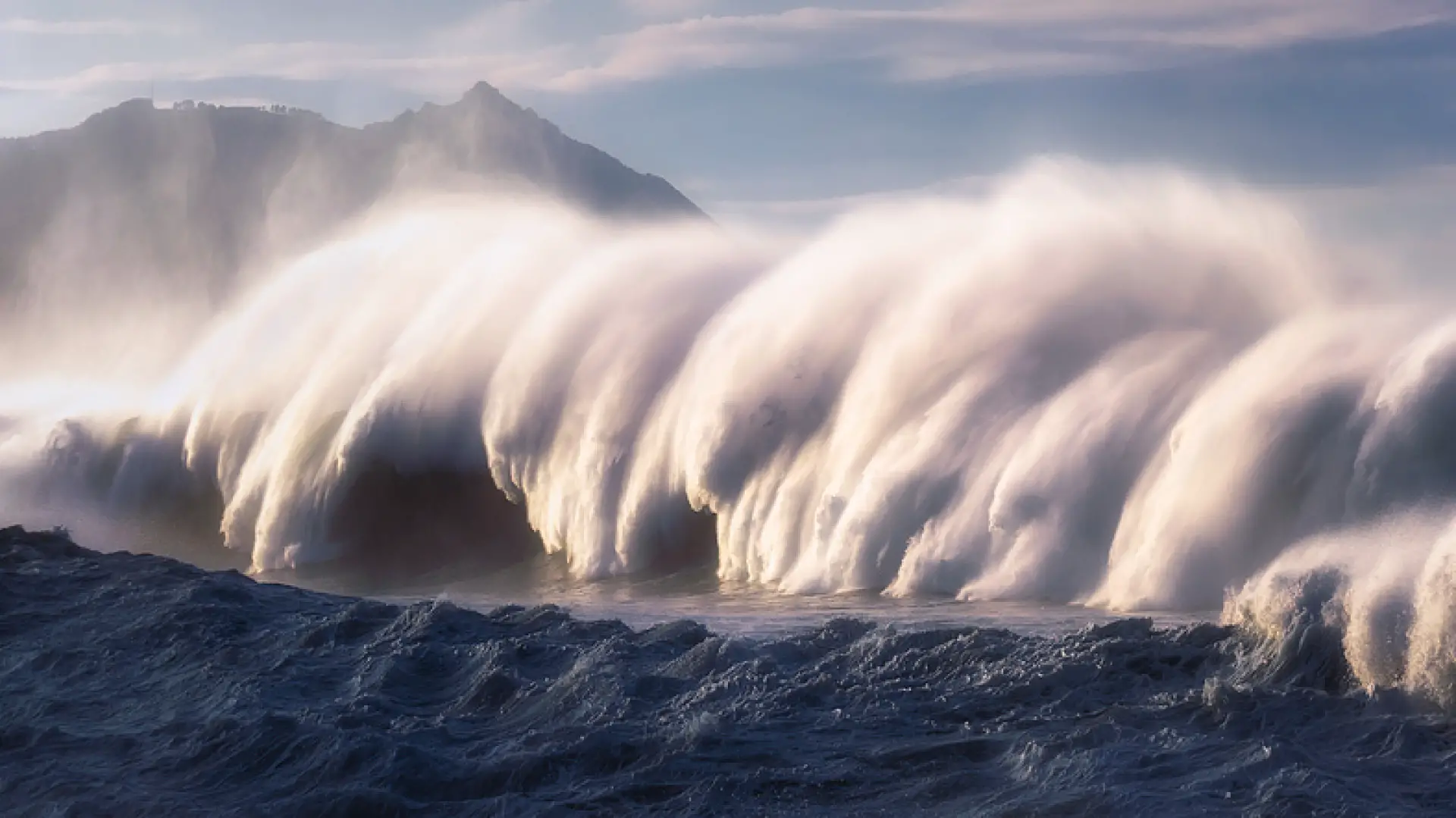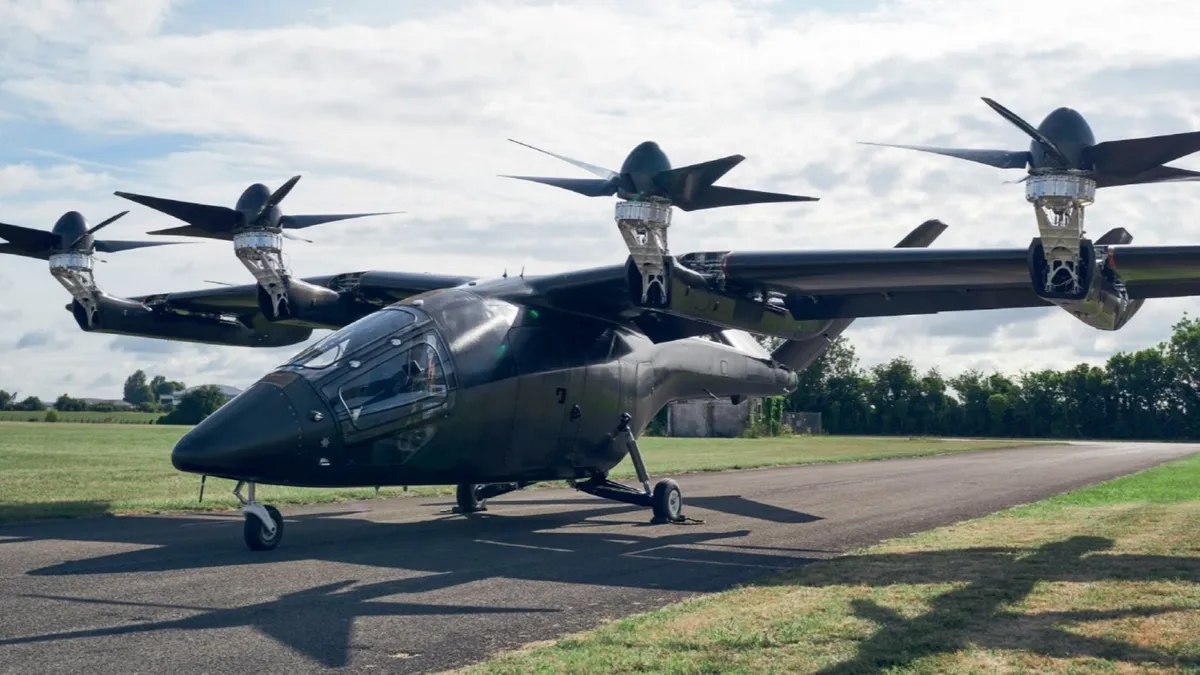NASA makes discoveries every day, so the agency has been trying to find ways to put high-end technology into everyday items. The agency’s next big step forward was to develop a tire tech that is just super-flexible tires that can bend more than any standard Bike tire.
Earl Cole, the winner of “Survivor: Fiji,” and engineer Brian Yennie started the company SMART. They are about to launch a new product, an airless bicycle tire, based on NASA’s ideas.
Smart developed a new technology called SMA.
SMART and NASA worked together through the Space Act Agreement to make the METL tire. It is the first result of a partnership between the startup and NASA’s Glenn Research Center, where NASA engineers Dr. Santo Padula and Dr. Colin Creager came up with their “shape memory allow” (SMA) technology.
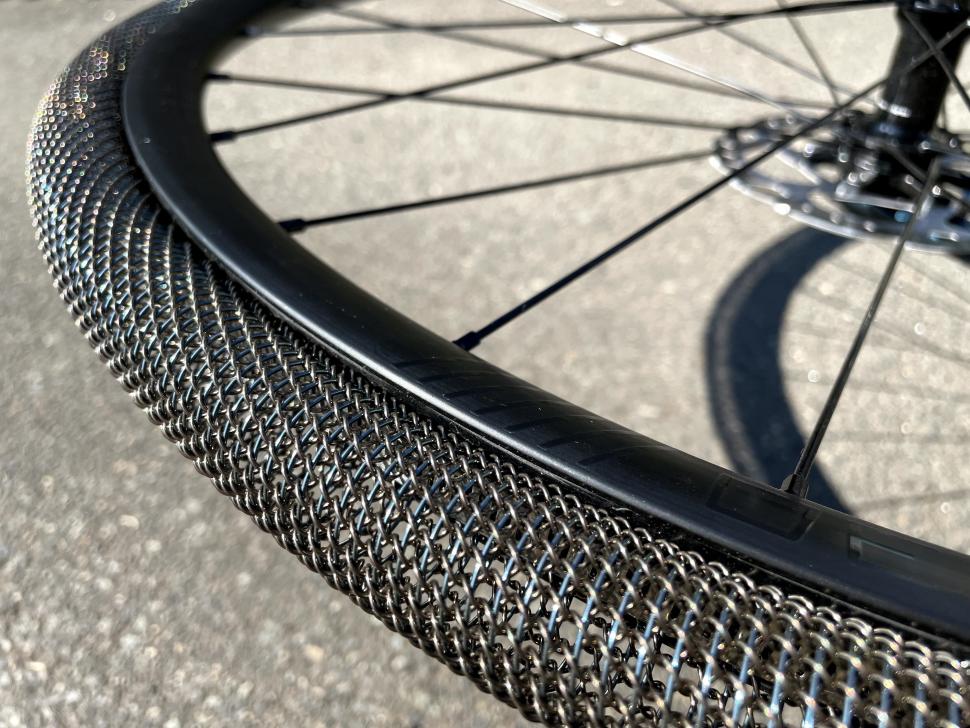
SMA makes it possible to make a tire with nothing but connected springs that don’t need to be inflated. It can’t be popped, but it can still give the same or better traction as inflated rubber tires. These tires don’t need air, and they can also absorb shocks.
These high-performance airless bike tires are made with a unique rubber-like material that works excellently on Earth roads.
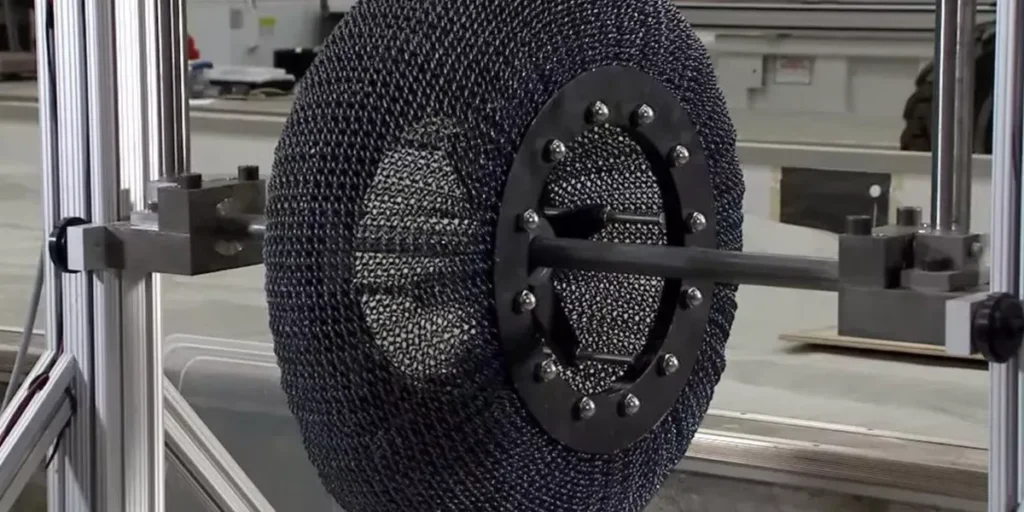
Drs. Padula and Creager made an alloy that can go back to its original shape at the level of the molecules. In other words, it can change shape to fit uneven ground and then return to its original shape without weakening over time.
By 2022, the METL tire will be available to the general public. After that, SMART plans to sell SMA tires for both cars and commercial vehicles.
SMART aims to provide a solution
No matter how careful we try to be, we all get flat tires. And it’s not just annoying; it’s also dangerous: 20% of roadside emergencies are caused by flat tires. The NHTSA says that over 11,000 accidents happen every year because of tires. Low tire pressure is another way to waste gas.
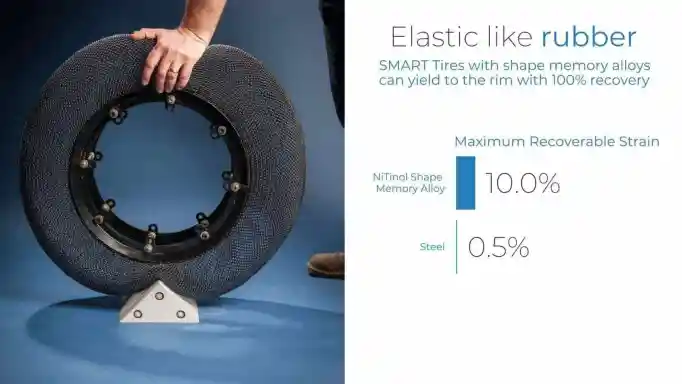
The SMA tires made by SMART are meant to solve this problem. Since these tires don’t need air pressure, they are safer and less expensive to maintain than traditional rubber tires.
The tire business is also a massive waste of resources. More than 50 billion pounds of old tires are in landfills or burned in tire yards yearly. Also, 20–30% of the small pieces of plastic in the ocean come from tires.
The durability of an SMA tire
If you’re worried about how long an SMA tire will last, SMART says it’s “as flexible as rubber and as strong as titanium.” It has a radial design means a single tire can hold up to 20,000 pounds!
These tires don’t need air, so they can last as long as the car or even longer. This saves billions of pounds of waste and maintenance costs.

Car & Driver magazine says, “The benefits of this type of tire are clear. It makes it impossible for a gas-filled tire to lose air pressure or temperature, and it also makes it impossible for the tire to go flat.
Plans of SMART
SMART has worked with industry leaders to make products that can solve problems in the real world. Felt Bicycles is one of them. This company is known for making high-performance bikes. As a strategic partner of the new company, they will help make the first METL bicycle tire.
Spin Mobility, owned by Ford Motor Company, is also a SMART partner. The third largest rental fleet will help develop technologies for eBikes and tires for electric scooters.
You may visit the Smart Tire Company website if you’d like to know more about this NASA-invented technology. You can also join the waitlist for METL bicycle tires here.
The invention and widespread use of these airless tires will significantly help our environment and save bike and vehicle owners money in the long run. If we use less, we waste less—accurate for the SMART tire and its components.
The University of Akron’s research associate, Heather Oravec, explains the mechanism behind the SMA tire.


